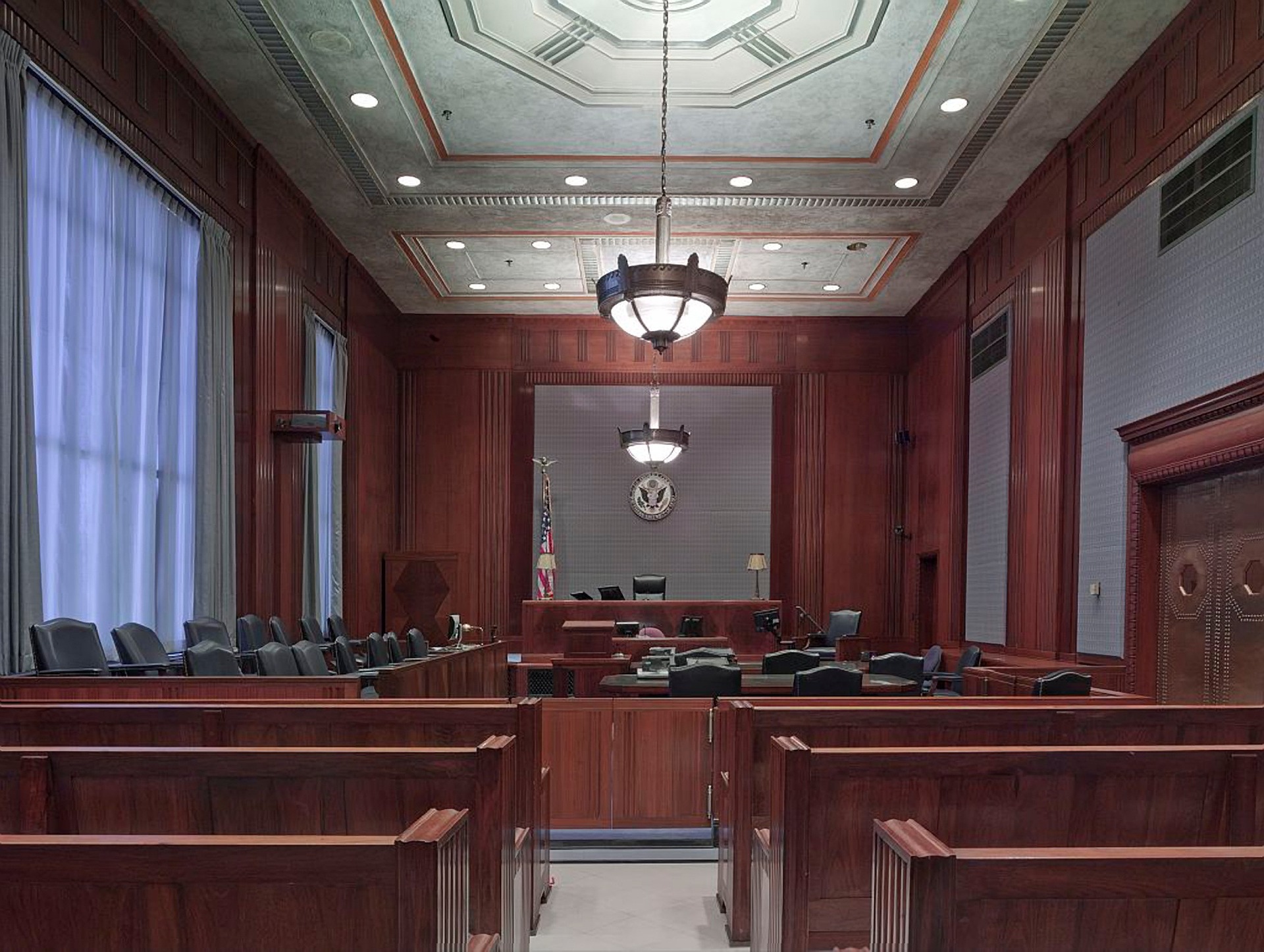Examining the Influence and Impact of Judicial Activism
From the highest echelons of the Supreme Court to the benches of local tribunals, judges have a profound influence on shaping the legal and social landscape. Among the many tools at their disposal, judicial activism is a particularly potent one. This article explores the nature of judicial activism, its historical context, recent examples, and the implications it has for society.

Unraveling Judicial Activism: A Historical Perspective
The term “judicial activism” was first coined in the mid-20th century and refers to the propensity of judges to interpret the constitution and laws based on their personal views and beliefs. Judicial activism is not inherently negative or positive; rather, it depends on the context and the issues at hand.
Historically, judicial activism has been instrumental in bringing about significant societal changes. Landmark cases like Brown v. Board of Education, Roe v. Wade, and Obergefell v. Hodges are prime examples of judicial activism leading to transformative changes in society.
Judicial Activism Today: A Closer Look
In recent years, judicial activism has continued to play a prominent role in shaping the legal landscape. For instance, the Supreme Court’s decision in Citizens United v. Federal Election Commission, which expanded corporate speech rights, is widely seen as a manifestation of judicial activism.
Another example is the ruling in District of Columbia v. Heller, where the Supreme Court interpreted the Second Amendment of the U.S. Constitution to grant an individual’s right to own firearms for self-defense. This groundbreaking interpretation marked a significant departure from previous decisions and is often cited as a case of judicial activism.
Judicial Activism: Implications and Impact on Society
The impact of judicial activism on society is profound and far-reaching. On the one hand, judicial activism can lead to progressive changes that reflect evolving societal norms and values. On the other hand, it can also lead to controversial decisions that challenge established laws and precedents.
Judicial activism also has implications for the balance of power among the branches of government. It can tip the scales in favor of the judiciary at the expense of the legislative and executive branches, potentially disrupting the checks and balances integral to democratic governance.
Weighing the Pros and Cons: A Balanced Perspective on Judicial Activism
While judicial activism can lead to transformative societal changes, it also carries risks. It has the potential to undermine democratic governance by allowing unelected judges to make decisions that have far-reaching implications for society. Furthermore, judicial activism can lead to inconsistency and unpredictability in the law, as future decisions may be influenced by the personal beliefs of the judges rather than established legal principles.
On the other hand, judicial activism can serve as a vital tool for advancing social justice and equality. It can help protect the rights of marginalized groups and promote societal progress by interpreting the law in ways that reflect evolving societal norms and values.
Conclusion
Judicial activism is a powerful tool in the judiciary’s arsenal, capable of bringing about transformative changes in society. While it carries certain risks, it also has the potential to advance social justice and equality. As citizens, it’s crucial for us to understand the role of judicial activism in shaping our legal and social landscape.





